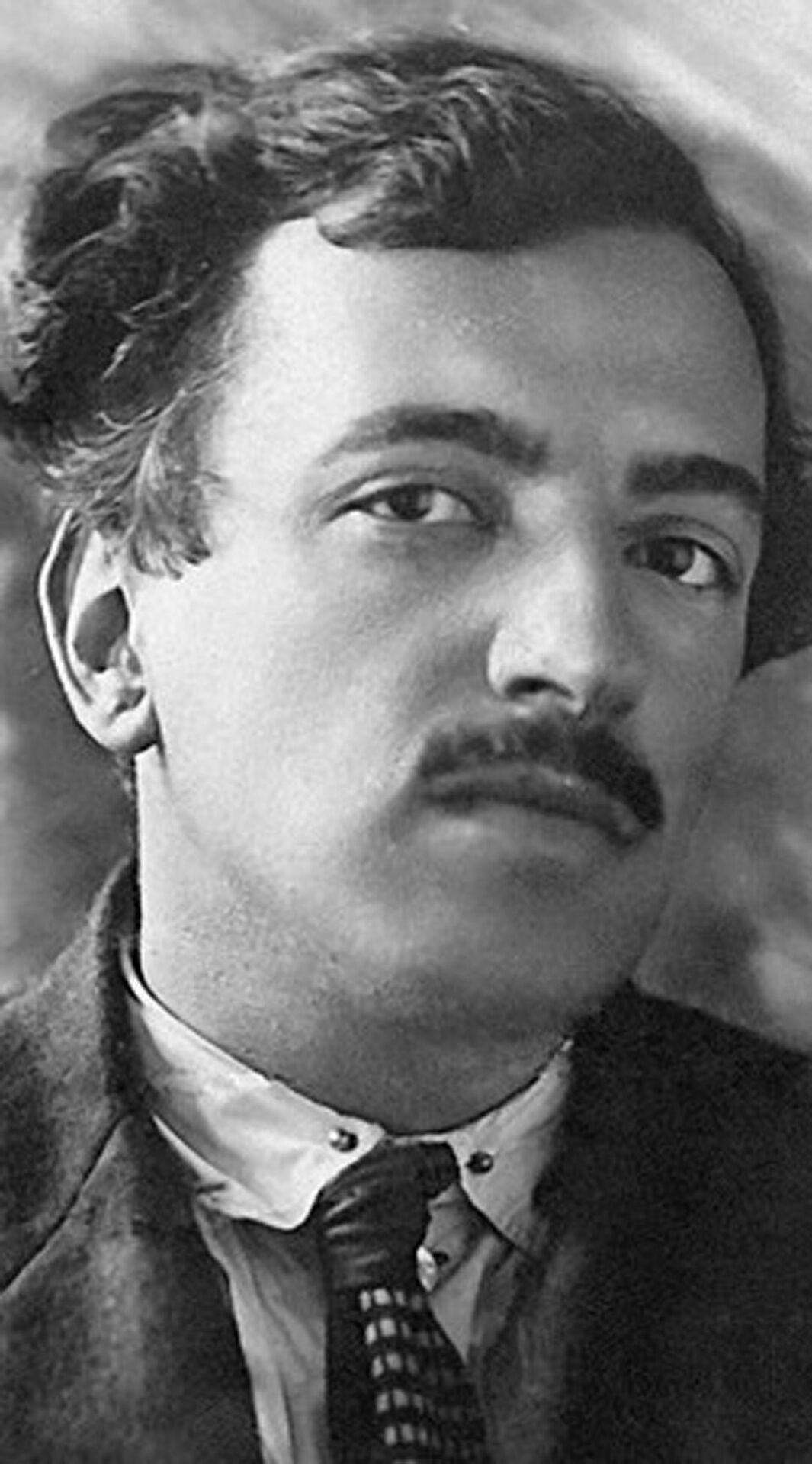Welcome to a talk about Ukrainian artist Kazymyr Malevych’s importance to European modernism. We’ll also be treated to Borys Lyatoshynsky's Sonata for Violin and Piano, Op. 19 performed on violin and piano. The talk will be in English.
Date and time
Friday 2 May, kl 15:00–16:00
Cost
Free admission
Tickets
Limited number of seats, reserve a spot for guaranteed seating
Language
English
Location
The South Courtyard, entrance floor
About the event
The discussion will explore Malevych’s role in the development of European modernism, his Ukrainian identity, and his influence on later generations of artists. Participants in the conversation include:
Tetiana Filevska, author, researcher, co-founder of the Malevich Institute, and Artistic Director of the Ukrainian Institute in Kyiv.
Tom Sandqvist, author and professor of art theory and art history.
Moderator: Anna Maria Bernitz, author and senior project manager at the Swedish Institute.
We also get to enjoy a performance of the masterful Sonata for Violin and Piano, Op. 19 by Borys Lyatoshynsky (1895–1968), played by violinist Sofia Kolupov and pianist Francisco Vilar. Lyatoshynsky’s dramatic and emotional music reflects the cultural renewal and resistance that Ukraine witnessed in the early 1900s.
About Kazymyr Malevych
Kazymyr Malevych (1879–1935) lived and worked during one of the most turbulent periods in modern Ukrainian history. Although best known for his abstract work, he was inspired by a variety of artistic movements, including Impressionism, Symbolism, Fauvism, and Cubism. His imagery was also influenced by Ukrainian folk art.
Malevych was an influential teacher and a passionate advocate of ‘new’ art. His iconic painting Black Square (1915) is a landmark of modernism. Malevych called it ‘the zero point of painting’, as he felt it marked the end of traditional mimetic art and the beginning of a new visual language based on pure form and colour, free from any associations to the material world.

Borys Ljatosjynskyj.
About Borys Ljatosjynskyj
In a letter to a friend, Borys Lyatoshynsky (1895–1968) once wrote “As a composer, I am dead, and I do not know when I will be resurrected,” after the Soviet authorities had banned his music from being performed. He was accused of ‘formalism’ and ‘gloominess’, which were considered incompatible with ‘true Soviet reality’.
Born in Zhytomyr, Lyatoshynsky studied in Kyiv under Reinhold Glière. It was Wagner and Mahler who had the greatest impact on his striking musical language, though. The composer’s Third Symphony—a requiem—is philosophical, dissonant, and deeply tragic. Banned in Soviet-occupied Ukraine, the symphony is now regarded as a masterpiece, on a par with Mahler’s great symphonies.
Lyatoshynsky’s Sonata for Violin and Piano, Op. 19 is the most characteristic expression of Existentialism in his work. It marked a turning point in his artistry and became a defining piece in the development of the ‘Ukrainian sonata’ genre.
This programme is presented in collaboration with the Swedish Institute and the Ukrainian Institute in Sweden, as part of the European Festival: Ukrainian Spring, https://www.europeanspring.eu/






